Last month, while uncovering the backstory of China’s first internationally acclaimed wine, we were intrigued by the origin of the award winning vines. Ningxia winemaster Zhang Jing’s story mentioned a grapevine nursery and the Sino-French demonstration vineyard in Hebei province.
Naturally, we had to investigate. When one searches for Hebei wine on popular online shopping platforms, the most prominent product is a wine called ‘Chapter and Verse’ or 诗百篇 in Chinese. We ordered a bottle of 2017 pinot noir and then set about finding a contact.
With a little research, we were pleased to discover that the vineyard responsible for 诗百篇 is located directly beside what was previously the Sino-French winemaking demonstration zone and they are operated by one man: Richard Li.
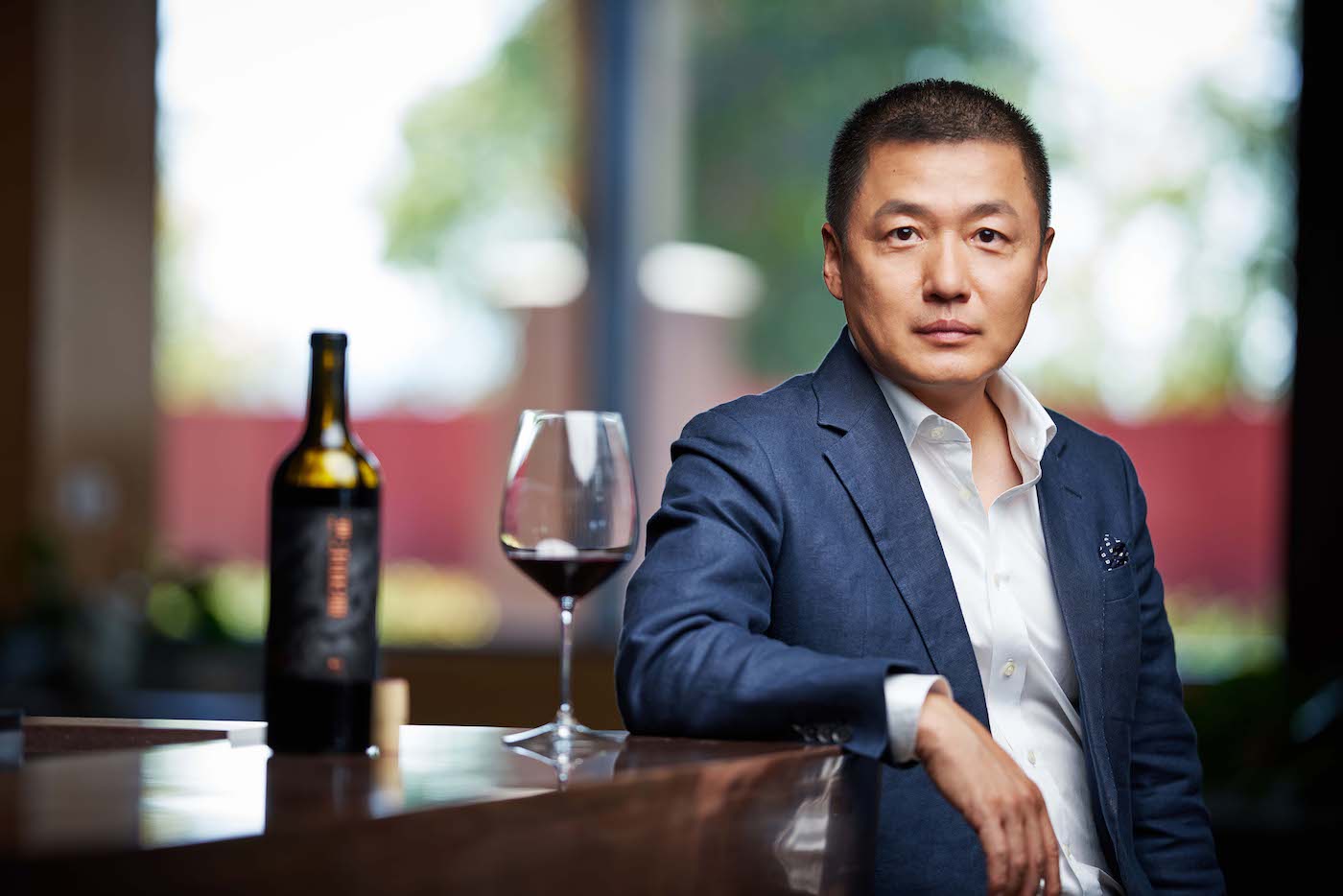
Richard Li is the director of Canaan Winery and Domaine Franco Chinois. Image via Canaan Winery
After nearly twenty years in the wine importing business, Li took over the two wineries in 2019. The Sino-French demonstration vineyard was established in 1999 as a joint project between China and France. China’s then Prime Minister visited French President Jacques Chirac in 1997 to improve bilateral relations.
Among the deals being struck that year, like the purchase of 30 new Airbus airplanes worth USD1.5 billion, a number of cultural partnerships were also inked, one of which was regarding wine. Chirac sent a delegation of French winemakers to China to search for the optimal location for a high quality estate vineyard. Hebei was already the second largest producer of wine grapes in China, with Shandong in the lead, but the focus was on bulk grape juice for industrial wineries.
After scouring the Middle Kingdom, the French winemakers determined that Huailai county in Hebei province held the most promise. The demonstration vineyard occupied 22 hectares of land and, in 2001, planted 16 different varieties of wine grapes to see which vines would flourish.

The original Sino-French demonstration vineyard occupied 22 hectares. Image via DFC
The Sino-French demonstration vineyard was later renamed Domaine Franco Chinois when it was acquired in 2011 by successful Taiwanese technology entrepreneur Cher Wang.
Today it produces only 50,000 bottles of wine per year — a far cry from its neighbor.
On the other side of a spillway is Canaan Winery, also owned by Wang, which was established in 2009 and produces a whopping 500,000 bottles annually. Canaan was founded as a result of a fascinating tale of science and serendipity that began in California and would end on the doorstep of the aforementioned French partnership vineyard in Hebei province.
In 2006, Cher Wang resolved to enter the winemaking business. Being a successful entrepreneur with ample resources, she assembled a team of specialists from America’s top winemaking universities: the University of California, Davis and Purdue University in Indiana. Wang’s 16-person team consisted of winemakers, soil specialists, nursery specialists and horticulturalists of varying fields. Once again, the troupe of scientists toured all around China’s potential winemaking regions, spending over two years collecting more than 400 soil samples to be sent back to labs in the US.
They visited Yunnan, Xinjiang, Shanxi, Shaanxi, Inner Mongolia and more. In the end, this crack squad determined that the best place in China to make fine wine was none other than Hebei’s Huailai county. And thus, Canaan Winery broke ground and planted grapevine roots from Napa, California, right next to what would soon be renamed Domaine Franco Chinois.
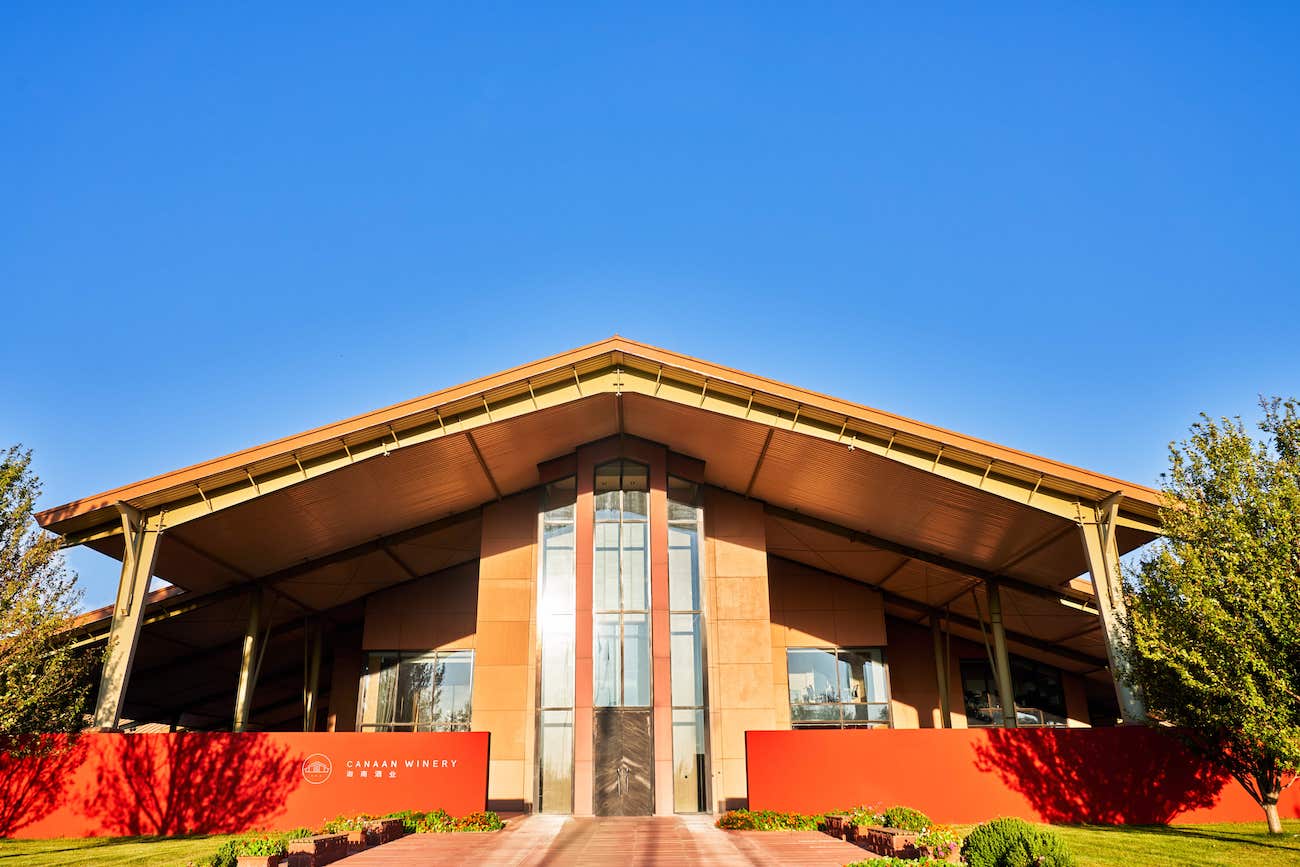 Canaan Winery was established in 2009. Image via Canaan Winery
Canaan Winery was established in 2009. Image via Canaan Winery
Conveniently, the Chinese and French governments had decided in 2008 that it was time to privatize their cooperative wine project. Soon afterwards, their new neighbor, Wang, was able to bring both vineyards under the same umbrella of ownership.
Despite being chosen by two separate teams of experts, Huailai county is not seeing the booming investment that we have witnessed on the foothills of the Helan Mountain Range. We ask Li if he sees a similar future in store for his region, to which he responds that it’s unlikely.
“Huailai is a county with only 300,000 people, which is a tiny village, by Chinese standards,” Li explains. “The Ningxia provincial government has subsidized and invested heavily in wine as a backbone industry. The Hebei provincial government has not, so there is really no comparison in that sense. The local Huailai government has invested in some ways. They built a wine museum and an exhibition center for wine tourists but, overall, Hebei has a large steel industry, to name but one kind of heavy industry, and is not focused on agriculture like Ningxia.”
Li admits that Hebei is not well known for its wines, but he adds, “Hebei is actually the birthplace of dry white wine in China and the first bottled sparkling wine was produced here as well.”
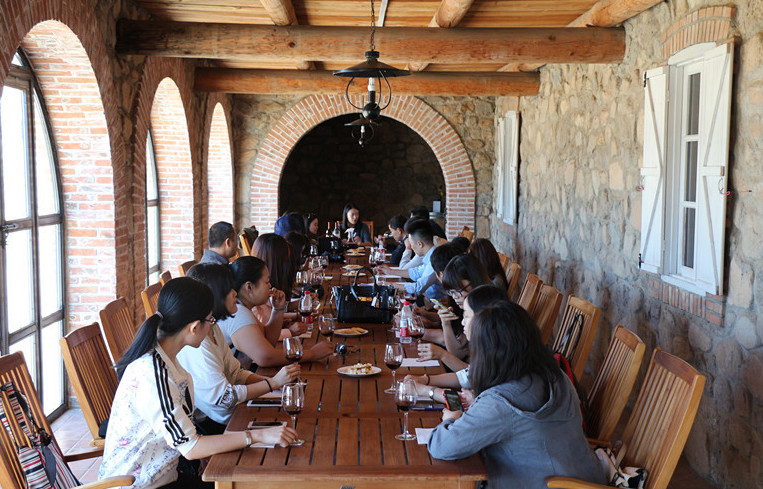 The local Huailai government built a wine museum which wine tour groups often visit. Image via @乐饮杂货铺/Weibo
The local Huailai government built a wine museum which wine tour groups often visit. Image via @乐饮杂货铺/Weibo
This is the first time we’ve heard such a bold claim about Hebei’s wine history so we inquire further. Li tells us that these wines were made just a couple of years after the ominously named ‘Judgement of Paris’ in 1976.
Albeit the name befits a fresco of quarrelling Saints and nude angels in the vaulted ceiling of a cathedral, the Judgement of Paris is known in the wine world as a pivotal moment for New World wines. According to Decanter, a young maverick wine merchant named Steven Spurrier organized a blind tasting event in Paris. To everyone’s astonishment, a chardonnay from California’s Chateau Montelena and a cabernet sauvignon from California’s Stag’s Leap Wine Cellars scored the highest.
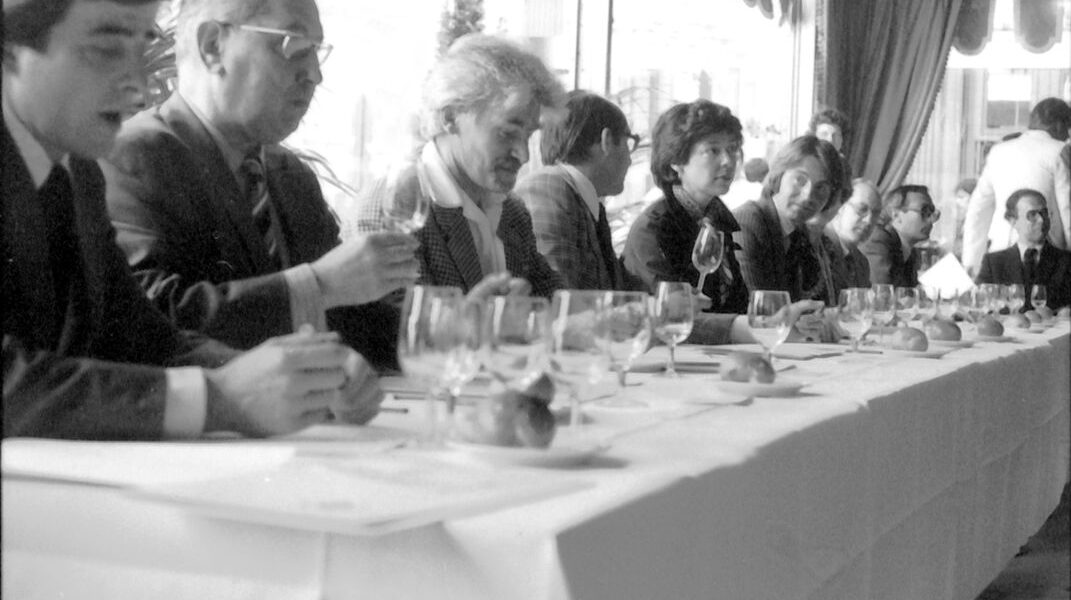
The Judgement of Paris was a blind tasting in which New World wines triumphed. Image via @wine_is_art/Twitter
This departure from Old World hegemony of wine greatness sent a ripple through the wine world that would give rise to a competitive inspiration that is still flourishing from Mendoza to Mclaren Vale.
We ask Li what changes he witnessed throughout his 17 years importing wine to China. The biggest shift, he explains, is the Chinese consumer’s perception of Chinese products overall.
“Do you know Yiwu?” he asks. “This city represents the situation very well to me because it is a city that is famous for exporting tiny components, like buttons and zippers, for extremely low prices. In the past, the perception inside and outside of China became that Chinese products were cheap but of only decent or low quality. This has been changing in the past 20 years — look at Huawei and Chinese made electric cars. When you talk to people in their 60s and 70s, they probably still have that same perception but the younger generation doesn’t.”
Canaan Winery was initially planted with cabernet sauvignon, merlot, riesling and pinot noir. However, Li explains that the first few vintages of ‘Chapter and Verse’ were only available in cabernet and merlot as they wanted to wait and perfect the other varieties.
The first vintages came in 2012 but pinot noir didn’t hit the market until 2016 and riesling in 2017. The bottle that we purchased from JD.com is the 2017 pinot noir, costing RMB278. Li declares proudly that the riesling is currently out of stock, which comes as a surprise considering what we’ve heard in the past about China’s appetite for white wines.

Pinot noir is the strong, silent type. While cabernet sauvignon might be considered the lead singer of red wines, pinot noir is the brooding bass player, misunderstood but ready for the occasional show-stealing solo.
To the uninitiated, pinot noir is seen as a fruity medium-bodied low alcohol wine which could easily be described as…approachable. However, when placed under the studious care of a masterful winemaker, pinot noir possesses a breathtaking complexity which has developed a cult-like following in the hardcore wine world.
The ‘Chapter and Verse’ pinot noir has felt that master’s touch. It is bold and jammy, with silky tannins and a barnyard funk on the finish that any Burgundy-lover knows is the measure of quality. The brisk acidity and delicate but present tannins make this a complimentary wine to most Chinese cuisines. It comes in at 14.5% abv and could cut the fat while also complimenting the sweetness of an eastern coastal sauce.
After all, pinot noir is considered the only red wine that can be paired with fatty fish. This might be the red wine most suited to local cuisines around the Middle Kingdom.
For more information scan the QR code below:

[Cover image via Canaan Winery]
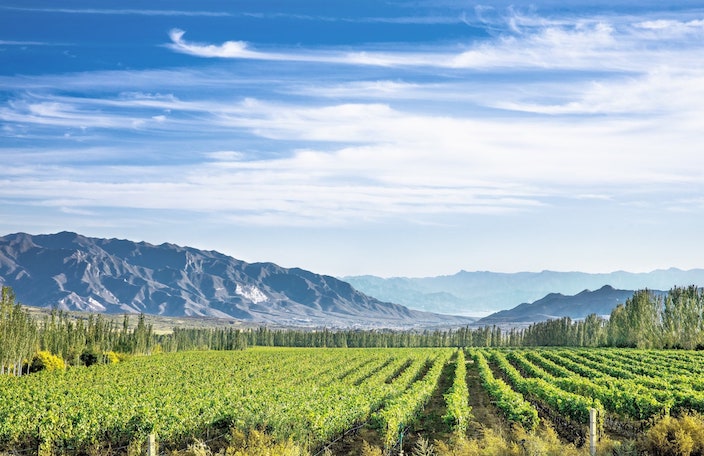




















0 User Comments